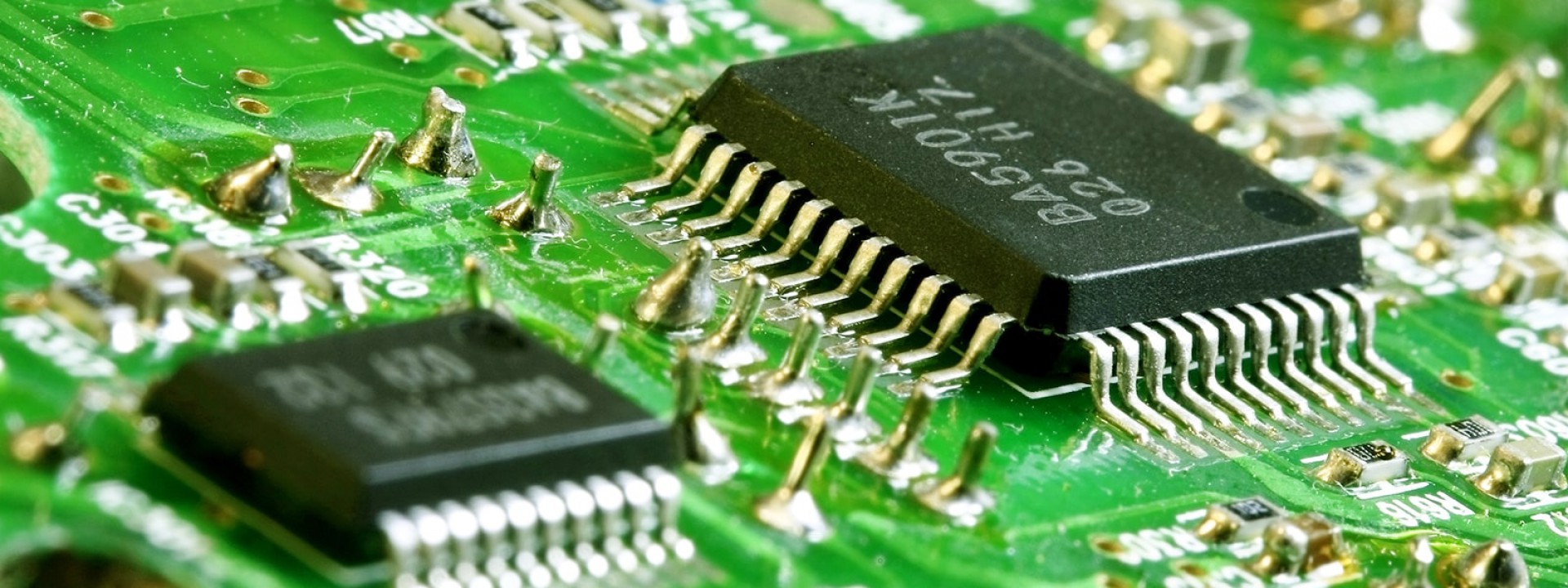News & Events
In the run-up to the planned IPO in New York, Arm is reportedly developing an advanced chip to showcase its design capability, risking its relationship with major customers, such as Qualcomm and MediaTek.
Financial Times, quoting sources, reported that Arm had begun developing its own advanced chips for the past six months and had built a team led by Kevork Kechichian, who worked for NXP and Qualcomm. Meanwhile, sources told Financial Times there were no plans from Arm to sell or license the product, adding that the company only worked on a prototype.
Arm, which has more than 90% market share in smartphone chips, provides chip blueprints to fabless semiconductor designers and charges them royalty fees for the design. However, Arm said in its annual report that with its top 20 customers accounting for 86% of revenues in 2022, the significant concentration poses a risk for the IP provider.
Arm filed a lawsuit against Qualcomm, one of its major customers, in August 2022 for Qualcomm's allegedly breaching licensing agreements with Arm and infringement of Arm's trademark. Before the lawsuit, Qualcomm acquired Nuvia, a fabless semiconductor startup, for US$1.4 billion to develop custom processor cors based on Arm architecture, which might place Qualcomm and Arm in direct competition.
Meanwhile, Manju Varma, director of Product Management at Qualcomm, said at the RISC-V Summit held in December 2022 that while Qualcomm continued to use Arm architecture and off-the-shelf CPU designs as the basis for the application processing cores inside its SoC, the company has turned to RISC-V for microcontroller cores within its chips, including SoCs in PCs, mobile devices, wearables, connected cars, and AR/VR headsets, The Register reports.
On the other hand, Financial Times reported in February that Arm is looking to change its business model by charging device makers based on the value of the device instead of the chip's value, which is estimated to help Arm receive royalty several times higher than its current charging model.
By DIGITIMES






